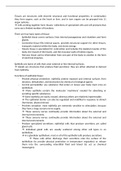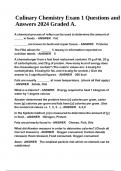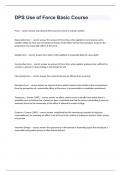Samenvatting
Summary Epithelial and Gland Tissue Histology
- Instelling
- Vrije Universiteit Amsterdam (VU)
This document contains a summary of the lecture notes + book chapters of the subject epithelial and gland tissue during the Cell Biology-Histology course in the first year of Biomedical Sciences at the VU. Other lecture notes and summaries are available on my profile. I finished the Histology exam ...
[Meer zien]








